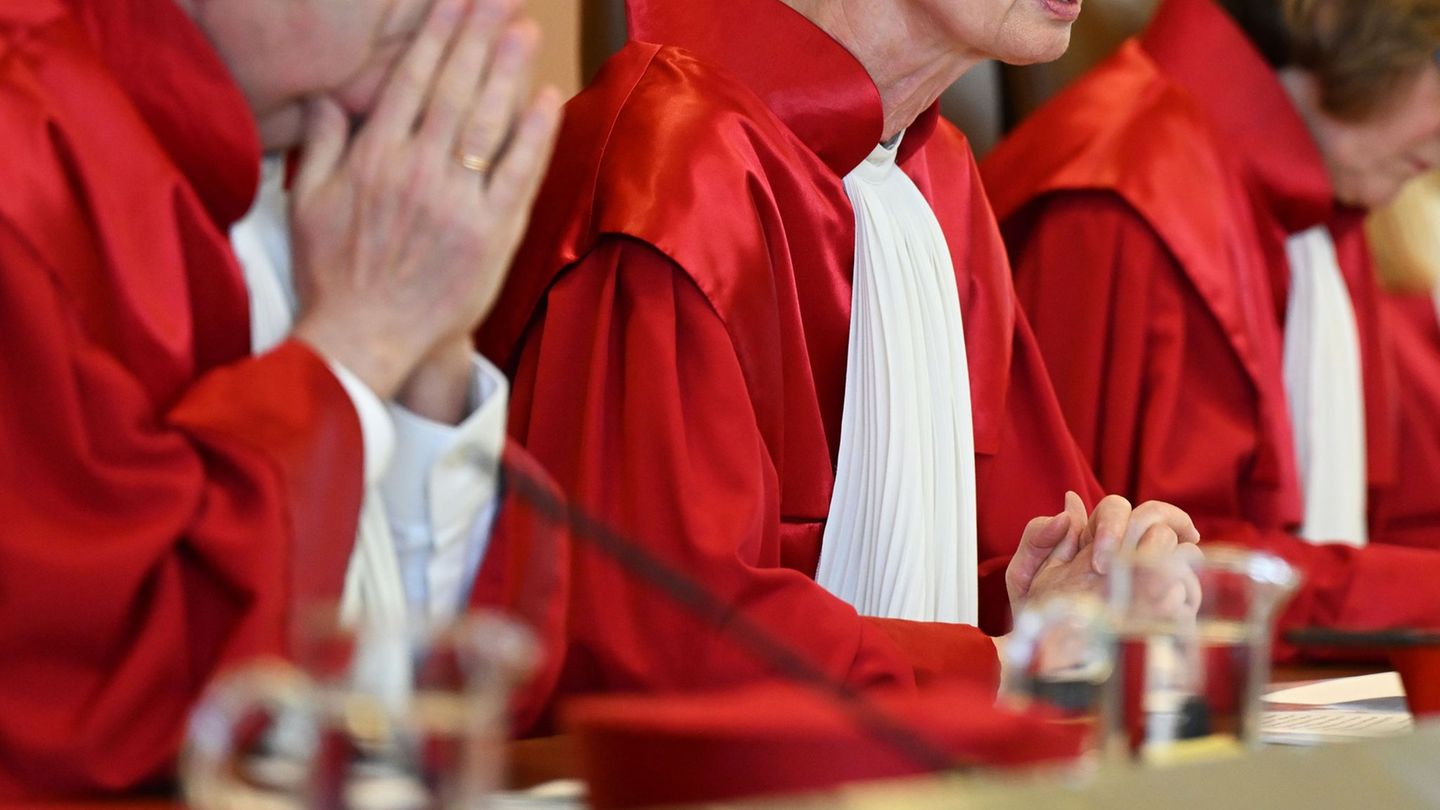From Ingeborg Bachmann to the “Drei ???”: Radio plays are more popular in Germany than anywhere else in the world. What is that actually about? A search for clues between art and children’s rooms.
The German-language radio play was born in chaos: on October 24, 1924, the announcer tried again and again to moderate the program of the station “Frankfurt am Main on wave 467”. But he isn’t allowed to do that in the radio production “Magic on the Station”: First, the fairy-tale aunt pushes herself to the microphone, who also wants to read to the children in the evening. Then all switches fail. Suddenly orchestral instruments start playing on their own without musicians. Finally, a magician appears who uses all these pranks to take revenge on the station where he wasn’t allowed to appear.
All of this will be broadcast live on air this evening. “Zauberei auf dem Sender” was Germany’s first radio play 100 years ago. There is probably no other country in the world where this art form is so popular.
“What Hans Flesch did was literally visionary. He used all the elements that still appear in radio plays today,” explains Marcus Gammel. He is the department head for radio plays, features and sound art at Deutschlandfunk Kultur: “I think the big constant in radio plays is the voice, the speaking, the singing. But noise and music were also already present in this first radio play.” The broadcast has not been preserved as an audio track; only the manuscript exists.
Nobody recorded the first radio play
“The recording was technically possible in a rudimentary way, but not to the extent that would be necessary for production,” says Gammel. “In addition, broadcasting was fundamentally seen as a live medium.” An acoustic stage: “These were essentially theater adaptations that were often performed in costume and make-up,” explains author and radio play critic Jochen Meißner. The writer Urs Widmer once summed up this sound effect as follows: “Radio play is like a silent film – only in reverse.”
The probably best-known German radio plays were created in the early post-war period and are associated with names such as Ingeborg Bachmann, Max Frisch, Ilse Aichinger and Günter Eich. Today experts like Meißner speak of the so-called old radio play.
“An example of the old radio play is “Dreams” by Günter Eich from 1951, which was also another great moment of the radio play,” says Meißner. “In the 1950s, radio plays took place on the so-called ‘inner stage’, which was more about interiority.” To this day, “Dreams” remains a disturbing work that evokes memories of the Holocaust on an abstract level, for example when it describes a terrible journey on a freight train.
In the post-war period, a radio play landscape emerged in West Germany that was second to none. “I think the federal structure in Germany played a big role and the state broadcasting companies, which were strongly built up after the war for good reasons,” says Gammel. “This means we have ten providers spread across the country, all of whom produce radio plays in a wide variety of colors and shapes.”
The new radio play sought new paths at the end of the 1960s. “The play “Five Man People” by Ernst Jandl and Friederike Mayröcker was crucial,” said Meißner. “A 15-minute radio play, choral and stereophonic – because stereophony now also existed, which made new narratives and aesthetics possible.”
The generation of “cassette children”
While new technology, including sampling, opened up new possibilities for the literary art form, a revolution quietly began outside the cultural scene in the 1970s. Commercial radio play studios such as Europa, Kiosk and Maritim aimed at young listeners with the three ???, TKKG and Bibi Blocksberg. Without realizing that they would accompany the generations born after 1970 for a long time. Many buyers today are adults.
The head of the Europa label, Heikedine Körting, remembers: “The timing was absolutely ideal for the start of the “Drei ???” radio plays 45 years ago in the fall of 1979.” In contrast to children in the USA, German kids back then did not have a television in their children’s room and were only allowed to watch a small amount of TV. Europe brought cassettes onto the market at a competitive price of five D-Marks and took the Walkman fashion with them. “The cassettes were listened to over and over, not just once or twice, no, over and over again. And so the stories became firmly memorized. The generation of these “cassette children” loves radio plays like no other before them.” A German phenomenon.
Listeners are on Spotify today
Even though public radio play producers often draw a sharp dividing line between these youth classics and the classic radio piece, both worlds now meet as neighbors on Spotify and Co. “It’s not just the means of production that have been democratized, but also the distribution channels,” says Meißner Development. “There are now streaming services, platforms – and ARD is now trying to gain a foothold there, with formats that they think would be appropriate. These are mostly serial formats.” Some of the new ARD formats even deliberately draw on cassette romance – the mystery series “Mia Insomnia” (BR), for example.
What does the future hold? One thing is certain: public broadcasters have to save money and therefore pay more attention to efficiency and digital distribution channels. Meissner views the development with a certain concern. “I’m afraid that this is more of a development like television, in which the demanding things are relegated to the niche of the “small television drama”. And that’s a real shame. Because we have one in Germany thanks to federalism after the war really had an exemplary radio play tradition.” It’s a 100th birthday in troubled times.
Source: Stern
I am an author and journalist who has worked in the entertainment industry for over a decade. I currently work as a news editor at a major news website, and my focus is on covering the latest trends in entertainment. I also write occasional pieces for other outlets, and have authored two books about the entertainment industry.




